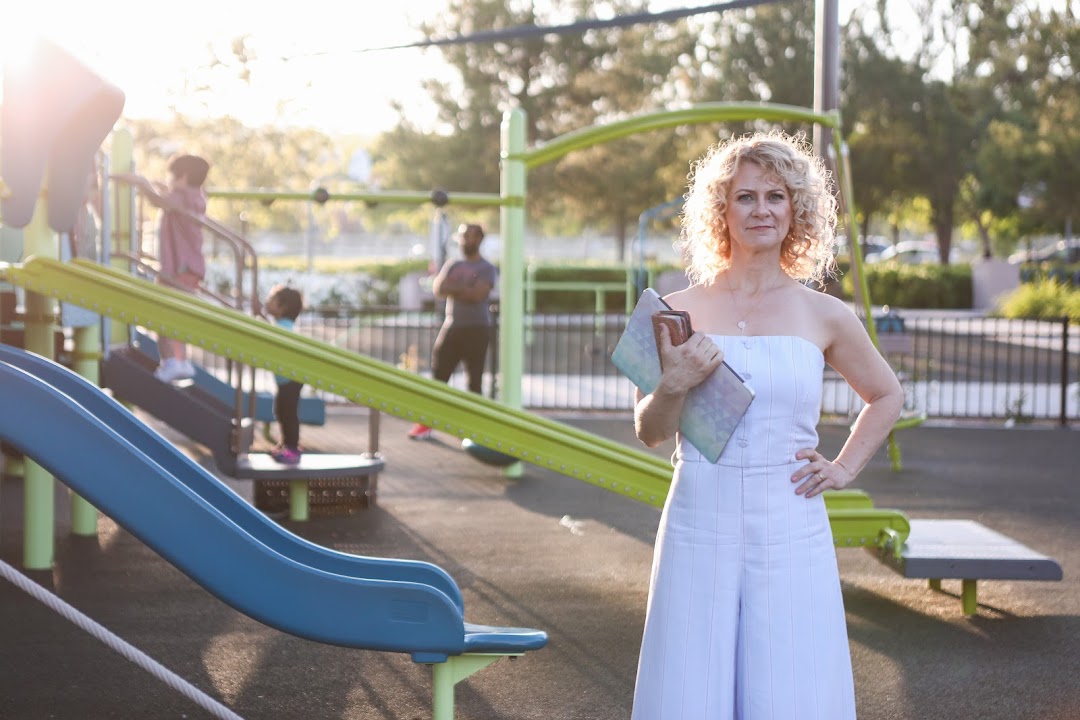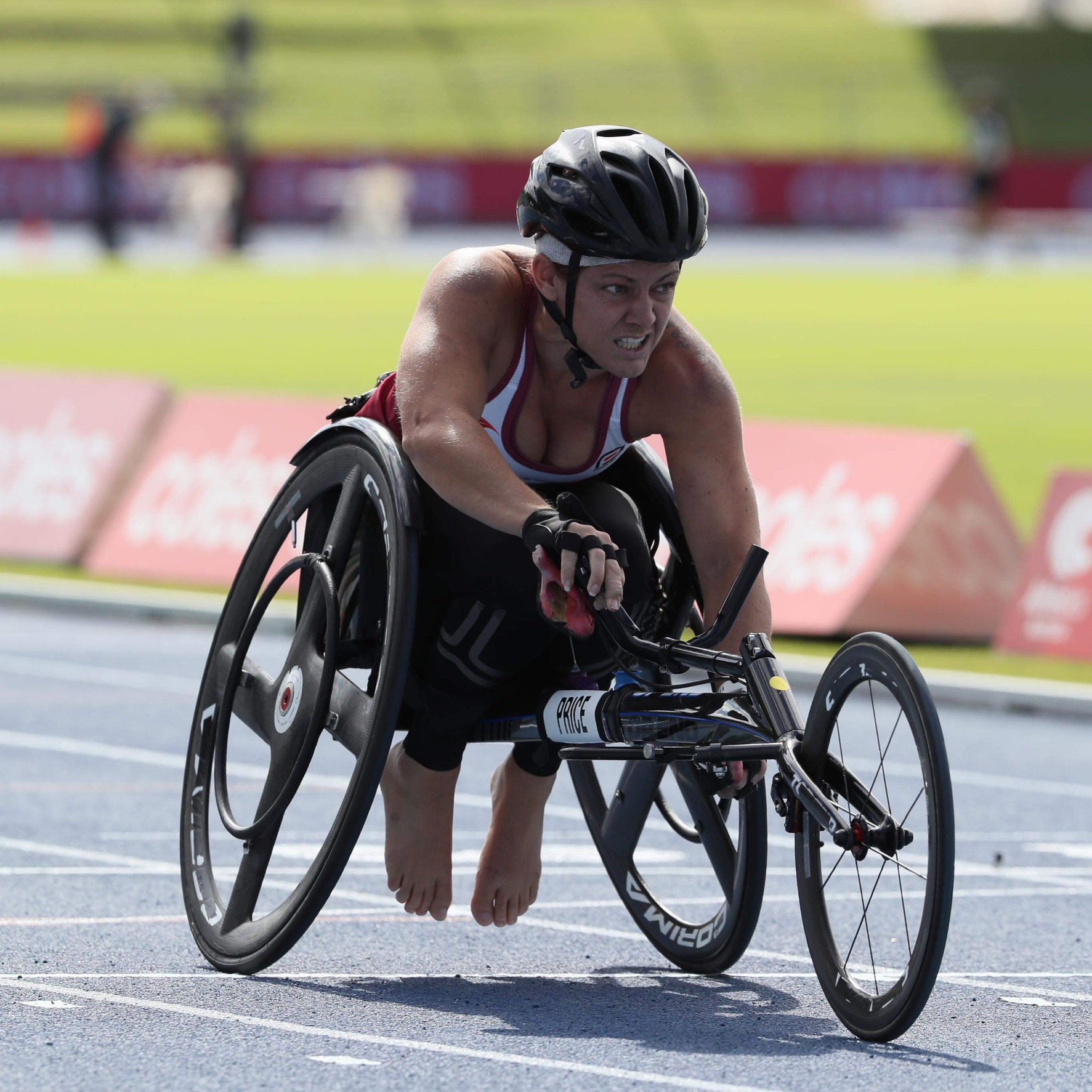Getting back in the game
Serbian tennis pro Nenad Zimonjić talks to MedTechWeek about the total hip replacement surgery that enabled him to continue his career.
“It started at Wimbledon in 2009, when I was 33 and ranked number one in the world. After one of the matches I came back to my room, I was lying on the bed and I couldn’t lift my leg up at all. It was like someone put a knife in my groin,” recalls the 54-time tour-level titlist and winner of more than 700 matches, with eight Grand Slam wins and a Davis Cup title to his name.
The Association of Tennis Professionals (ATP) physiotherapists suggested magnetic resonance imaging (MRI) and computed tomography (CT) scans, which revealed the source of Nenad’s pain: osteoarthritis caused largely by hip dysplasia, a disorder that occurs when the joint socket is shallow and does not fully cover the ‘ball’ portion of the hip. This had led to imbalance and instability in Nenad’s hips, ultimately closing the usual gap that exists between the bones and damaging the cartilage. He’d eventually need a total hip replacement.
Cartilage covers the ends of bones and acts as a cushion and shock absorber. “I had less than 50% cartilage as well as osteophytes,” Nenad explains. His damaged bones had started to grow outward, forming bone spurs (osteophytes), which meant the bones rubbed against each other and the osteophytes impinged on his abductor muscles, causing considerable pain and limiting his range of movement. “Because I was physically in good shape, I was able to compensate and continue playing despite my condition,” he points out.
Arthroscopy to shave the excess bony parts was suggested, but this wasn’t guaranteed to solve the problem. The procedure is minimally invasive, but the post-op and rehabilitation would have taken four to six months. “This is a long time, especially when you’re on the top of your game,” notes Nenad. He decided not to go for surgery at that time and to keep playing with the guidance and support of his physiotherapists.
“A world-renowned physiotherapist had helped me with lots of injuries throughout my career. He gave me exercise routines and special treatment techniques to do with my own physiotherapist and fitness coach, which took 3-3.5 hours daily, on top of my regular training,” he says. “It was a lot of work, but I was still winning the big titles until 2014, which was the year that I finished number two in the world as a team.”
His wife Mina and their twins Leon and Luna always travelled to the tournaments with him. “My son was starting to fall in love with tennis and this really inspired me to play a bit longer,” explains Nenad. “His love and passion for the game was growing. The older he got, the more he was aware of what I was doing. The last title I won where they all watched was in Sofia in 2017. To see them so happy and celebrate that win with Mina and the kids was amazing.”
However, Nenad’s condition continued to deteriorate. “It was 24/7 pain and it was affecting my regular life – sleeping, sitting, standing, walking, running – it was very difficult physically, mentally and emotionally.” He decided that it was finally time for the hip replacement surgery.
In June 2018, shortly after playing his last doubles match in Munich, Nenad had both hips replaced in a single operation. It involved removing the damaged bone surfaces from the hips and replacing them with prostheses to replicate the action of natural joints. “After the surgery, the surgeons were amazed that I’d been able to play in my condition. There was no cartilage on both hips and my movement was severely restricted,” he says.
An enhanced recovery programme including fast-track mobilisation allowed Nenad to walk out of the hospital six days later. “I started light training that September and continued with rehab and check-ups for about six months, with a two-week break. I played my first tournament in February 2019 and since then I’ve played a couple more, with one win at the Challenger level.”
At first, his only goal was to be pain free, but when the surgeons suggested that he might be able to resume his tennis career, he was thrilled. “I wasn’t thinking about that at all,” he comments. Now Nenad hopes to inspire others, especially professional athletes in a similar situation, by sharing his experience.
“I want to show them that it’s possible to come back and play on a high level after surgery like this. I’m the first in tennis to do this, and I’d like to see how far I can go even though I’ve just turned 43. Time will tell. Hopefully I’ll be able to play on a really high level again. So far, everything’s going well, and it’s given me the opportunity to continue doing what I love.”






